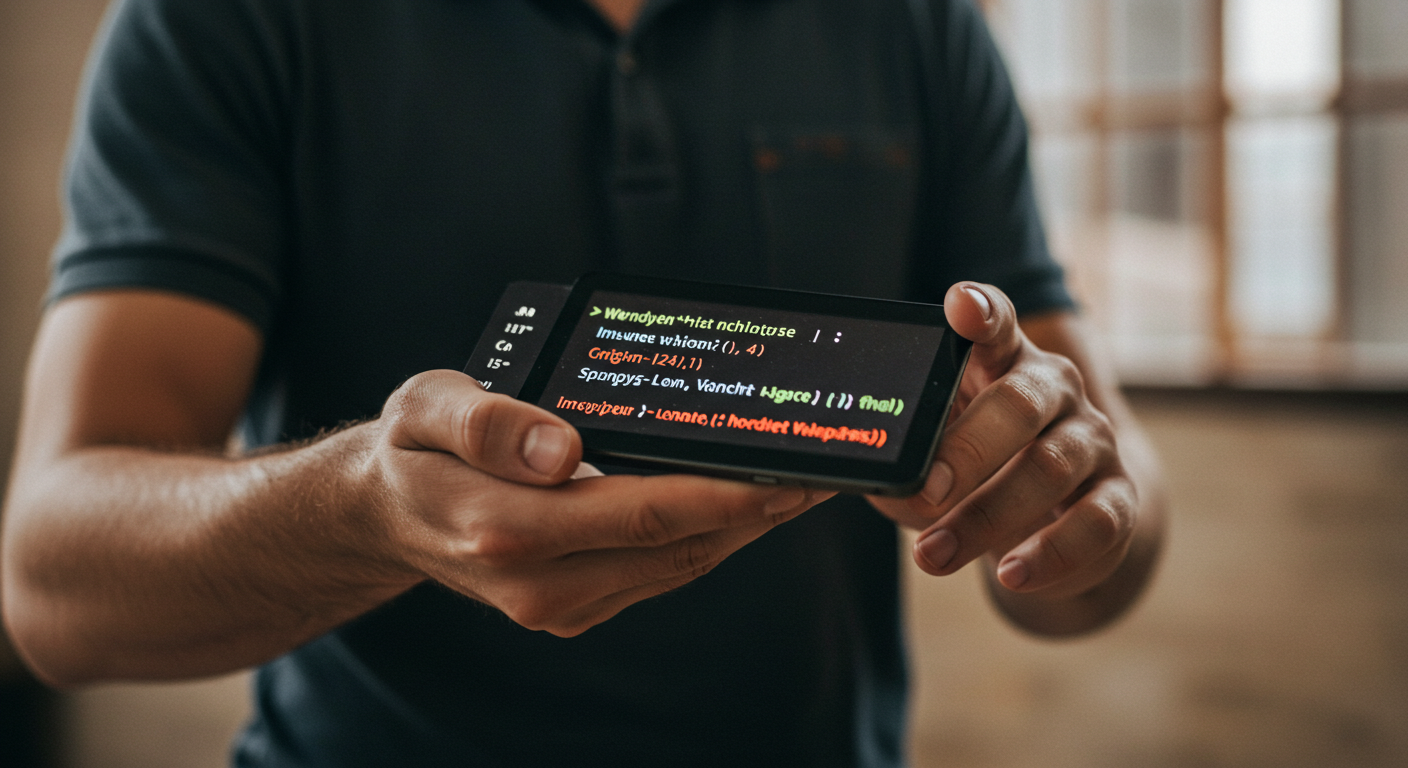If you’re experiencing issues with your Apple USB SuperDrive not being recognized after upgrading to macOS Sequoia 15.6 on your iMac, you’re not alone. Many users have reported similar issues after updates. In this guide, we’ll walk you through potential solutions to get your SuperDrive working again and ensure that your macOS is properly configured.
1. Common Issues with External Drives After macOS Updates
After upgrading macOS, certain external devices, including optical drives like the Apple USB SuperDrive, may not function as expected. This is typically caused by compatibility issues or settings that need to be adjusted post-update. Some users report that their SuperDrive makes a sound when plugged in but fails to accept discs or fully load the drive.
2. Check for macOS Updates and Compatibility
Before diving into troubleshooting, make sure that your macOS is fully updated. Apple often releases bug fixes or updates that address hardware compatibility issues after major updates. Go to the Apple Menu > About This Mac > Software Update to check for any new updates that might resolve the issue.
3. Troubleshooting Steps to Fix the Issue
Here are some steps you can take to resolve the issue:
- Reboot your iMac: A simple restart can sometimes resolve hardware recognition issues after an update.
- Reset NVRAM/PRAM: Resetting the NVRAM can clear any settings that might be interfering with the USB SuperDrive. To do this, restart your iMac and hold down Command + Option + P + R keys immediately after you hear the startup sound. Hold them for about 20 seconds.
- Try a different USB port: Plug the SuperDrive into another USB port to rule out a faulty port.
- Test on a different Mac: If possible, test the SuperDrive on another Mac running macOS Sequoia to determine if the issue is specific to your iMac.
- Check System Preferences: Go to System Preferences > Security & Privacy > Privacy and check if any privacy settings are blocking the SuperDrive from being detected.
4. Consider Driver or Software Issues
In some cases, the issue may lie in the software or drivers needed to operate the Apple USB SuperDrive. If you recently upgraded your system, ensure that you have the latest drivers installed for the SuperDrive:
- Reinstall macOS SuperDrive Software: Visit Apple’s official website to download the latest drivers or software for the SuperDrive and reinstall them on your system.
- Third-Party Software: If you’re using third-party software to manage your SuperDrive, check for any updates or try uninstalling and reinstalling it.
5. Should You Contact Apple Support?
If none of the above solutions work, it may be worth reaching out to Apple Support for further assistance. There may be a deeper issue with the drive or macOS compatibility that requires expert help. You can contact Apple Support via their website or visit an Apple Store for troubleshooting.
6. Conclusion: Ensuring Smooth Operation of Your USB SuperDrive
After a major macOS update like Sequoia 15.6, it’s common for some peripherals to experience temporary issues. However, with the right troubleshooting steps, most problems can be resolved. Keep your system updated, check for any compatibility issues, and make sure your software is properly configured to restore functionality to your Apple USB SuperDrive.



コメント